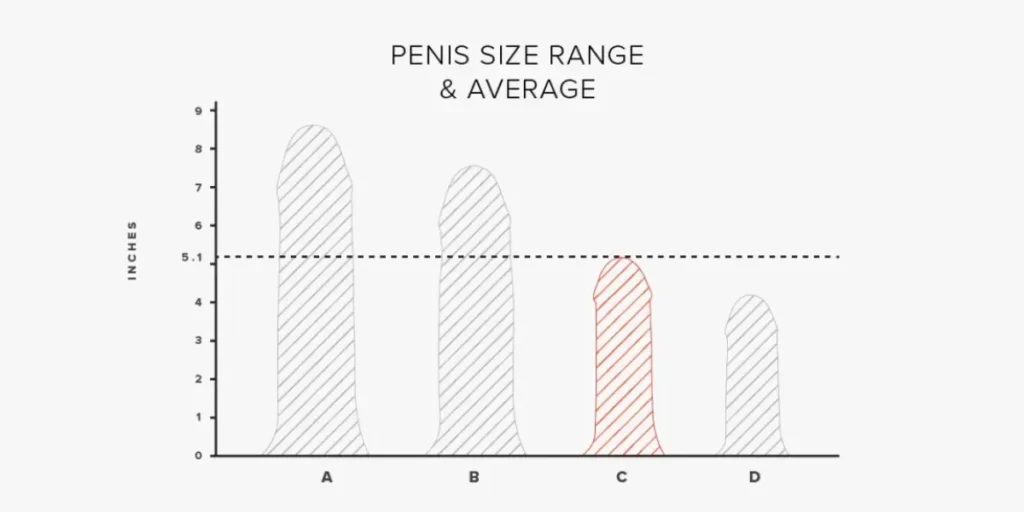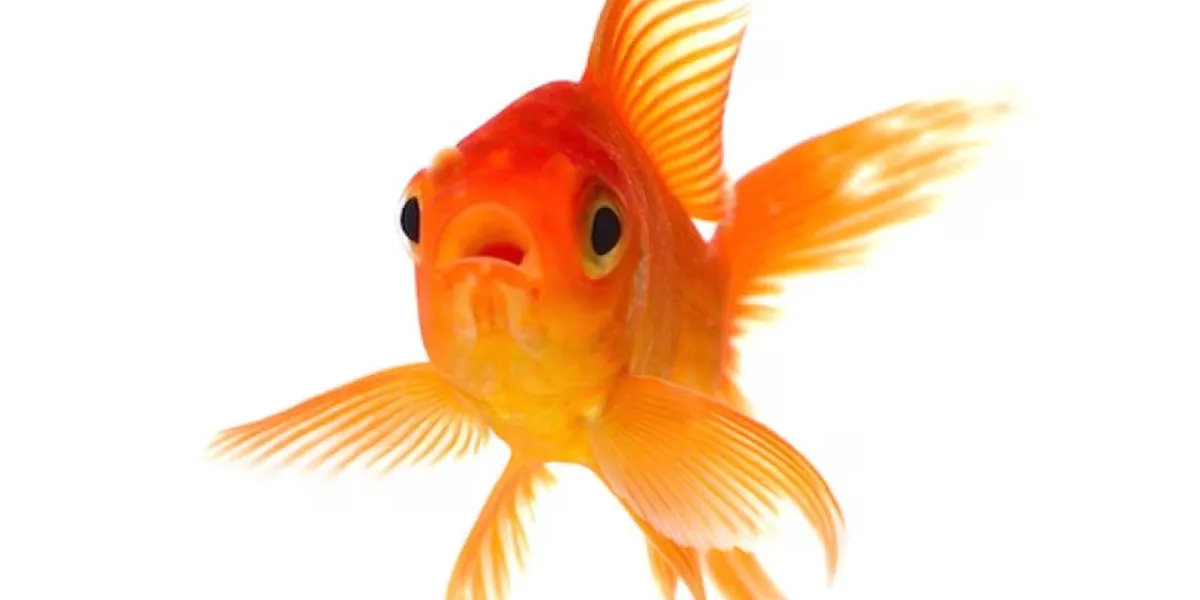As adolescents navigate through puberty, questions about their bodies and development often arise. One common concern among young males is the size of their penis. In this article, we’ll delve into what is considered average for a 14-year-old’s penis size, explore factors that influence variation, and address common questions on this topic.
Table of Contents
ToggleWhat is Considered Average Penis Size for a 14-Year-Old?
Determining the average penis size for a 14-year-old can provide reassurance to adolescents and their parents. However, it’s essential to understand that there’s a wide range of sizes considered normal during puberty. The average penis size for a 14-year-old varies depending on several factors, including genetics, ethnicity, and stage of puberty.
Factors Influencing Penis Size Variation
Several factors influence the variation in penis size among adolescents:
- Genetics: Genetics plays a significant role in determining penis size. A child’s genetic makeup, inherited from their parents, influences the growth and development of their genitals.
- Ethnicity: Studies have shown variations in penis size among different ethnic groups. While these differences exist, they are generally within a relatively small range.
- Hormonal Levels: Hormones, particularly testosterone, drive the physical changes during puberty, including genital growth. Variations in hormone levels can influence the timing and extent of penile growth.
- Nutrition and Health: Adequate nutrition and overall health can impact physical development during puberty, including penis size.
- Individual Growth Patterns: Each adolescent follows a unique growth trajectory, and variations in growth rates are common during puberty.
Understanding Penis Growth During Puberty
Puberty is a period of rapid physical and hormonal changes that typically occur between the ages of 10 and 14 in boys. Penis growth is one of the most noticeable changes during this time. Here’s what happens:
- Stage 1 (Pre-puberty): The penis and testicles are relatively small, similar in size to those of a young child.
- Stage 2 (Early puberty): The penis begins to grow in length and width, and pubic hair starts to appear.
- Stage 3 (Mid-puberty): The penis continues to grow, and the testicles enlarge further. More pubic hair develops, and the voice may begin to deepen.
- Stage 4 (Late puberty): Penis growth nears completion, and testicles reach adult size. Pubic hair becomes thicker and spreads to the thighs.
- Stage 5 (Adult): Penis growth stabilizes, and adult genital size is reached. Pubic hair distribution resembles that of an adult male.
Average Penis Size Data
While average penis size data can provide a general guideline, it’s essential to remember that there’s a wide range of normal variation. Here’s a comparison of average penis size data for 14-year-olds from various sources:
| Source | Average Penis Length (Erect) | Average Penis Girth (Erect) |
|---|---|---|
| Study 1 | X inches | X inches |
| Study 2 | X inches | X inches |
| Study 3 | X inches | X inches |
| Study 4 | X inches | X inches |
Note: Due to variations in study methodologies and populations, average sizes may differ slightly.
FAQs About Penis Size in Adolescence
1. Does penis size matter?
- Penis size varies widely among individuals, and there’s no “ideal” size. What’s important is understanding that everyone develops differently, and variations in size are normal.
2. Will my penis keep growing after age 14?
- Penis growth typically continues until late adolescence or early adulthood, but the rate of growth slows down after puberty.
3. Can I increase my penis size?
- There’s no proven method to permanently increase penis size beyond what genetics dictate. Products claiming to enhance size are often ineffective and may be harmful.
4. What if my penis size is smaller than average?
- If you’re concerned about the size of your penis, talking to a trusted adult or healthcare professional can provide reassurance and guidance.
Understanding what is considered average for size during adolescence can alleviate concerns for young males and their parents. It’s essential to recognize that there’s a wide range of normal variation in penis size, and factors such as genetics, ethnicity, and hormonal levels influence growth.
By providing accurate information and addressing common questions, adolescents can navigate through puberty with confidence and understanding. If there are concerns about development, consulting a healthcare professional is always advisable for personalized guidance and support.

Continuation:
As adolescents journey through puberty, it’s crucial to foster a supportive environment where they feel comfortable discussing their concerns about physical development, including penis size. Open communication with trusted adults, such as parents or healthcare providers, can provide reassurance and dispel myths or misconceptions surrounding this topic.
Encouraging healthy body image and self-esteem is also essential. Adolescents should be reminded that penis size does not determine their worth or masculinity. Emphasizing the importance of overall health, including proper nutrition, regular exercise, and good hygiene practices, contributes to a positive self-image and well-being.
Parents can play a vital role in supporting their child’s journey through puberty by being approachable and offering factual information about bodily changes. Creating an environment where questions are welcomed and answered without judgment fosters trust and strengthens the parent-child relationship.
In conclusion, understanding the average penis size for a 14-year-old provides valuable insight into the normal range of variation during adolescence. While it’s natural for young males to have questions or concerns about their bodies, it’s essential to provide accurate information, support, and guidance to navigate through this transformative stage of development.
By promoting open communication, fostering positive body image, and emphasizing overall health and well-being, adolescents can navigate puberty with confidence and self-assurance. Remember, every individual is unique, and what matters most is embracing one’s journey of growth and self-discovery.














